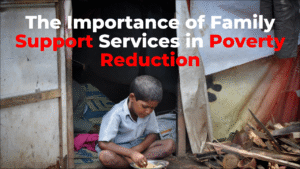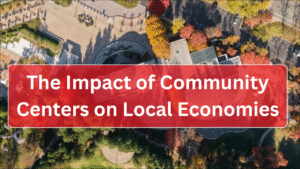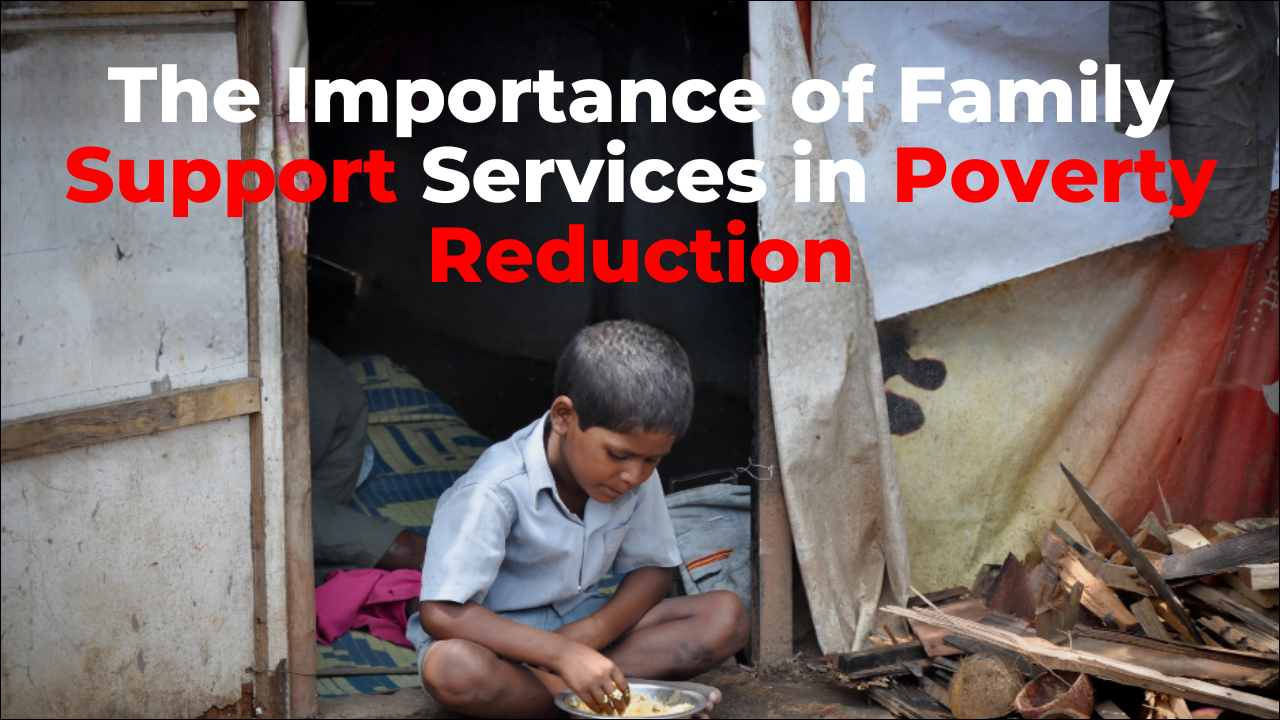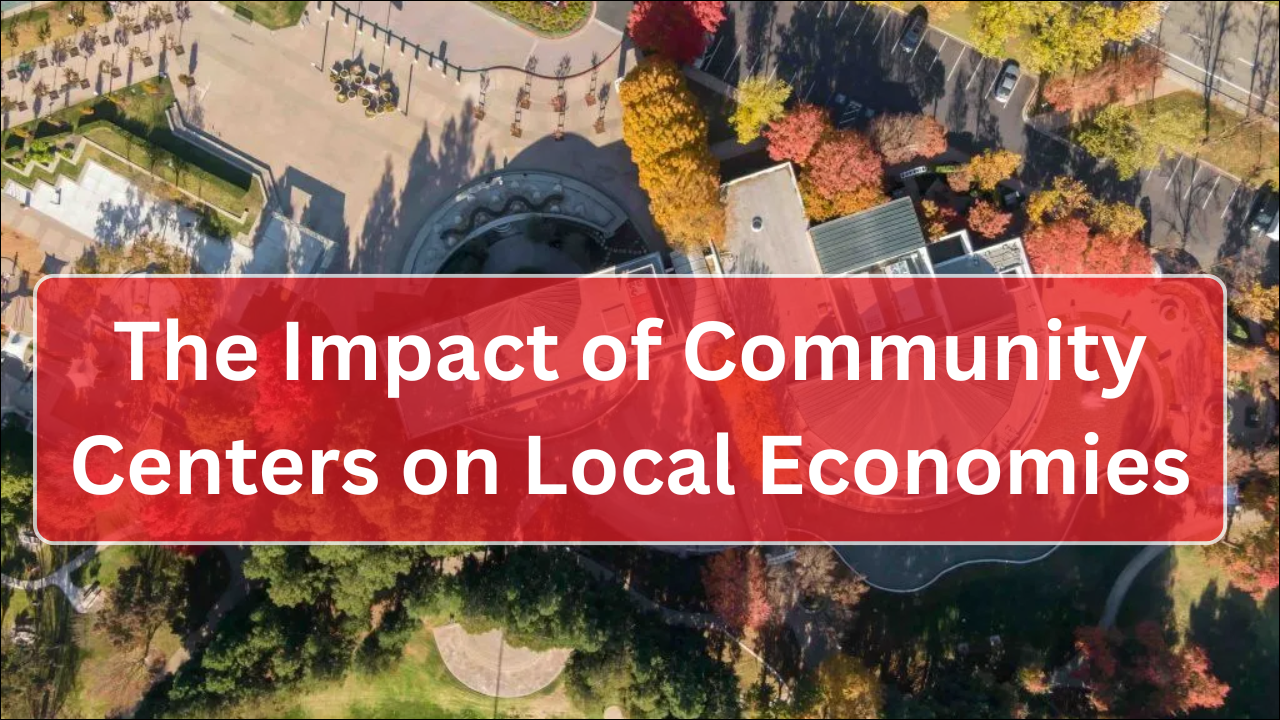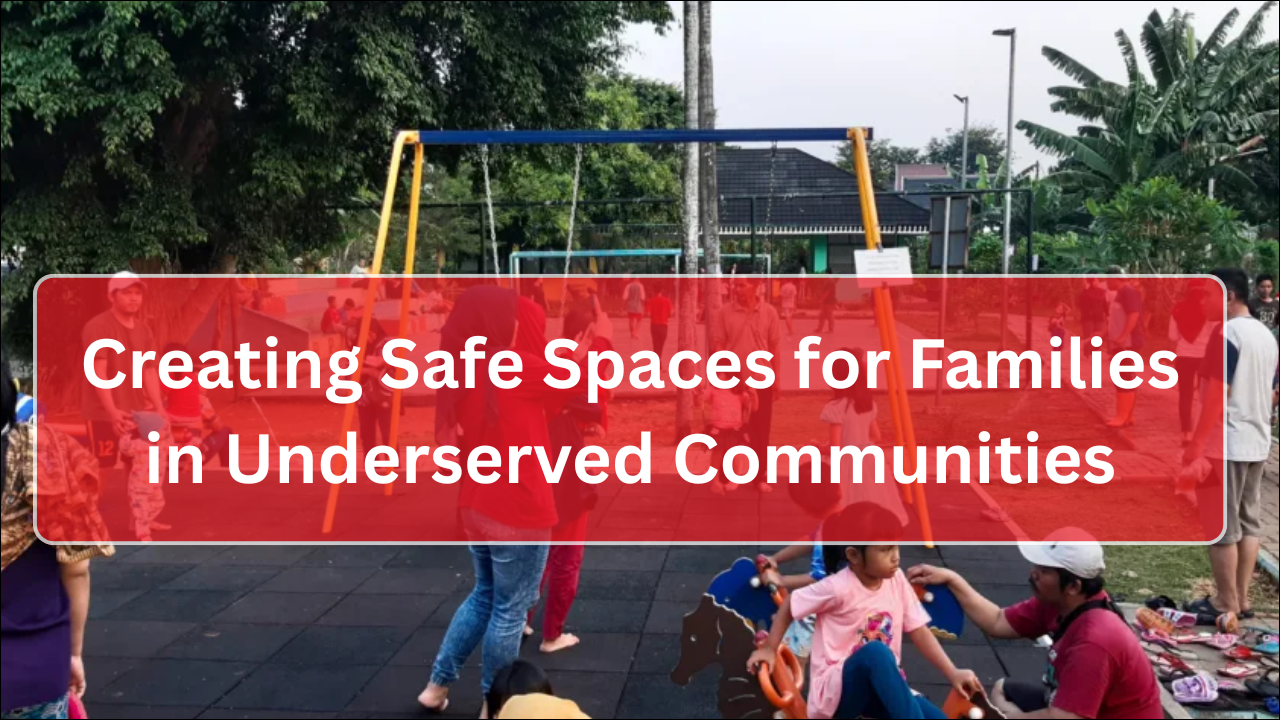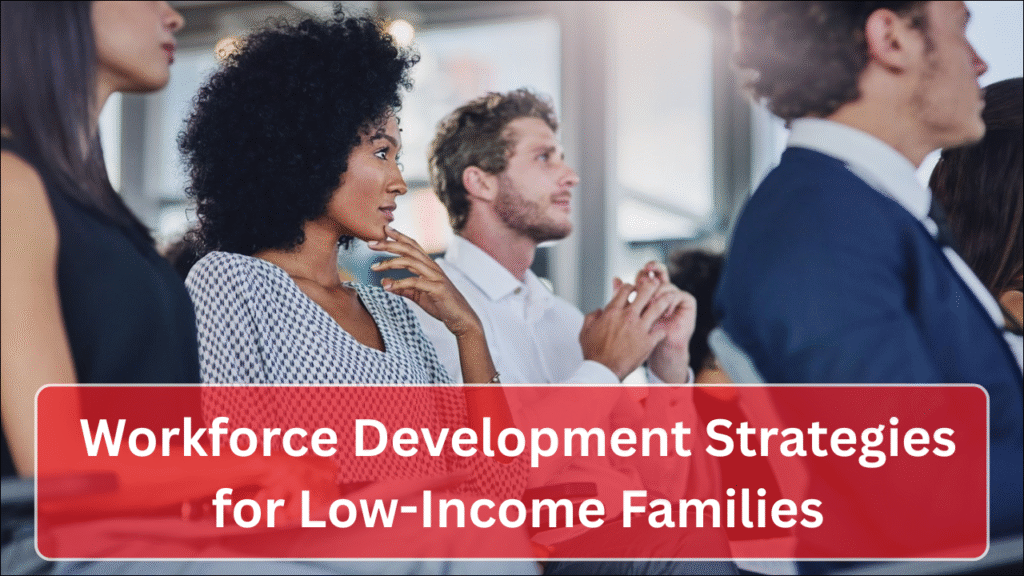
Workforce development is a critical pathway to economic stability for low-income families. By equipping parents and caregivers with the skills, training, and resources needed to secure stable employment, organizations like The Hope Center for Families help break the cycle of poverty and create opportunities for upward mobility. Comprehensive workforce development strategies integrate education, career guidance, mentorship, and supportive services, ensuring families can achieve long-term financial security while contributing to the local economy.
Table of Contents
1. Skills Training and Vocational Programs
Skills development is essential for accessing higher-paying jobs and career advancement.
- Technical and vocational programs teach in-demand skills such as IT, healthcare, construction, and manufacturing.
- Soft skills training develops communication, teamwork, problem-solving, and professionalism.
- Certification and credential programs increase employability and job retention.
- Tailored programs address the unique needs of low-income adults, including flexible schedules and childcare support.
Workforce Skills Programs and Outcomes
| Program | Focus | Outcome for Families |
|---|---|---|
| Technical Training | Industry-specific skills | Higher employability and wage potential |
| Soft Skills Workshops | Communication, teamwork, professionalism | Improved workplace performance |
| Certification Programs | Credentialing in healthcare, IT, and trades | Increased job security and career advancement |
| Flexible Learning | Evening/weekend classes, childcare support | Greater program participation |
2. Career Counseling and Job Placement
Career guidance is vital for helping families navigate the job market.
- Individualized career counseling identifies strengths, interests, and career goals.
- Resume-building, interview coaching, and job search support improve employment outcomes.
- Job placement services connect families with local employers and apprenticeship opportunities.
- Mentorship programs provide guidance, networking, and support for career growth.
3. Education and Adult Learning
Lifelong learning opportunities enhance skills and economic prospects.
- Adult literacy programs improve reading, writing, and numeracy, essential for workplace success.
- GED and high school completion programs provide foundational qualifications.
- Higher education partnerships with institutions like Sinclair Community College enable access to college courses, certifications, and vocational programs.
- Continuing education and professional development prepare families for career advancement.
Education-Based Workforce Strategies
| Program | Target Group | Impact on Workforce Participation |
|---|---|---|
| Adult Literacy | Low-skilled adults | Improved employability and workplace confidence |
| GED & High School Completion | Adults without diplomas | Access to higher-paying jobs |
| College & Certification | Adults seeking specialized skills | Credentialed workforce, career mobility |
| Professional Development | Employed adults | Career advancement and wage growth |
4. Financial Literacy and Economic Empowerment
Workforce development is strengthened by financial education and resources.
- Budgeting workshops help families manage income, expenses, and savings.
- Credit counseling and debt management improve financial stability.
- Access to microloans or emergency funds supports job-related expenses like transportation and work attire.
- Entrepreneurship training enables families to start small businesses or side ventures.
5. Supportive Services for Workforce Participation
Addressing barriers to employment is critical for low-income families.
- Childcare services allow parents to attend training programs or work.
- Transportation assistance ensures access to workplaces and educational opportunities.
- Health and wellness programs support physical and mental readiness for employment.
- Social services, including housing and legal aid, stabilize families and reduce employment disruptions.
Supportive Services in Workforce Development
| Service | Purpose | Family Benefit |
|---|---|---|
| Childcare Support | Enable program participation | Increased attendance and focus |
| Transportation Assistance | Access to jobs and training | Reduced absenteeism and employment barriers |
| Health & Wellness | Physical and mental readiness | Enhanced work performance |
| Social Services | Housing, legal aid, and financial support | Stability that supports long-term employment |
6. Employer Partnerships and Internship Programs
Collaboration with local employers enhances workforce development.
- Internship and apprenticeship programs provide hands-on experience and career exposure.
- Employer partnerships identify skill needs, aligning training programs with job market demands.
- Job fairs and recruitment events connect families with immediate employment opportunities.
- Continuous employer feedback improves program effectiveness and responsiveness.
7. Mentorship and Peer Support
Mentorship provides guidance and motivation for workforce participants.
- Experienced mentors help navigate career paths, workplace challenges, and goal setting.
- Peer networks provide support, accountability, and shared learning.
- Mentorship programs increase confidence, retention, and long-term career success.
8. Measuring Workforce Development Success
Evaluating program outcomes ensures effectiveness and continuous improvement.
- Track employment rates, income growth, and job retention for participants.
- Assess skill acquisition and certification completion.
- Monitor family stability, including housing, childcare, and financial security.
- Collect participant feedback to improve program design and delivery.
Workforce Development Metrics
| Metric | Measurement | Impact Indicator |
|---|---|---|
| Employment Rate | Percentage of participants employed | Economic stability |
| Income Growth | Change in earnings post-program | Improved financial independence |
| Certification Completion | Number of participants with credentials | Career advancement potential |
| Family Stability | Housing, childcare, and support services | Sustainable workforce participation |
9. Long-Term Community Benefits
Investing in workforce development for low-income families strengthens the entire community.
- A skilled workforce attracts businesses and investment, boosting the local economy.
- Stable families contribute to neighborhood revitalization and reduced social service reliance.
- Economic mobility reduces intergenerational poverty and promotes social equity.
- Workforce development programs foster self-sufficiency, resilience, and empowerment.
Community Impact of Workforce Development
| Area | Outcome | Community Benefit |
|---|---|---|
| Employment | Higher job rates | Reduced poverty and unemployment |
| Income | Increased household earnings | Enhanced economic stability |
| Skills | Credentialed, skilled workforce | Business growth and competitiveness |
| Family Stability | Strong, resilient families | Reduced social service dependency |
| Civic Engagement | Empowered, participating residents | Stronger community networks |
Closing Reflections
Workforce development strategies for low-income families are essential for fostering economic self-sufficiency, family stability, and community prosperity. Programs that integrate skills training, education, financial literacy, mentorship, and supportive services, as demonstrated by The Hope Center for Families, create sustainable pathways out of poverty. By investing in the workforce potential of families, communities benefit from increased employment, stronger local economies, and empowered residents who can contribute meaningfully to society.

